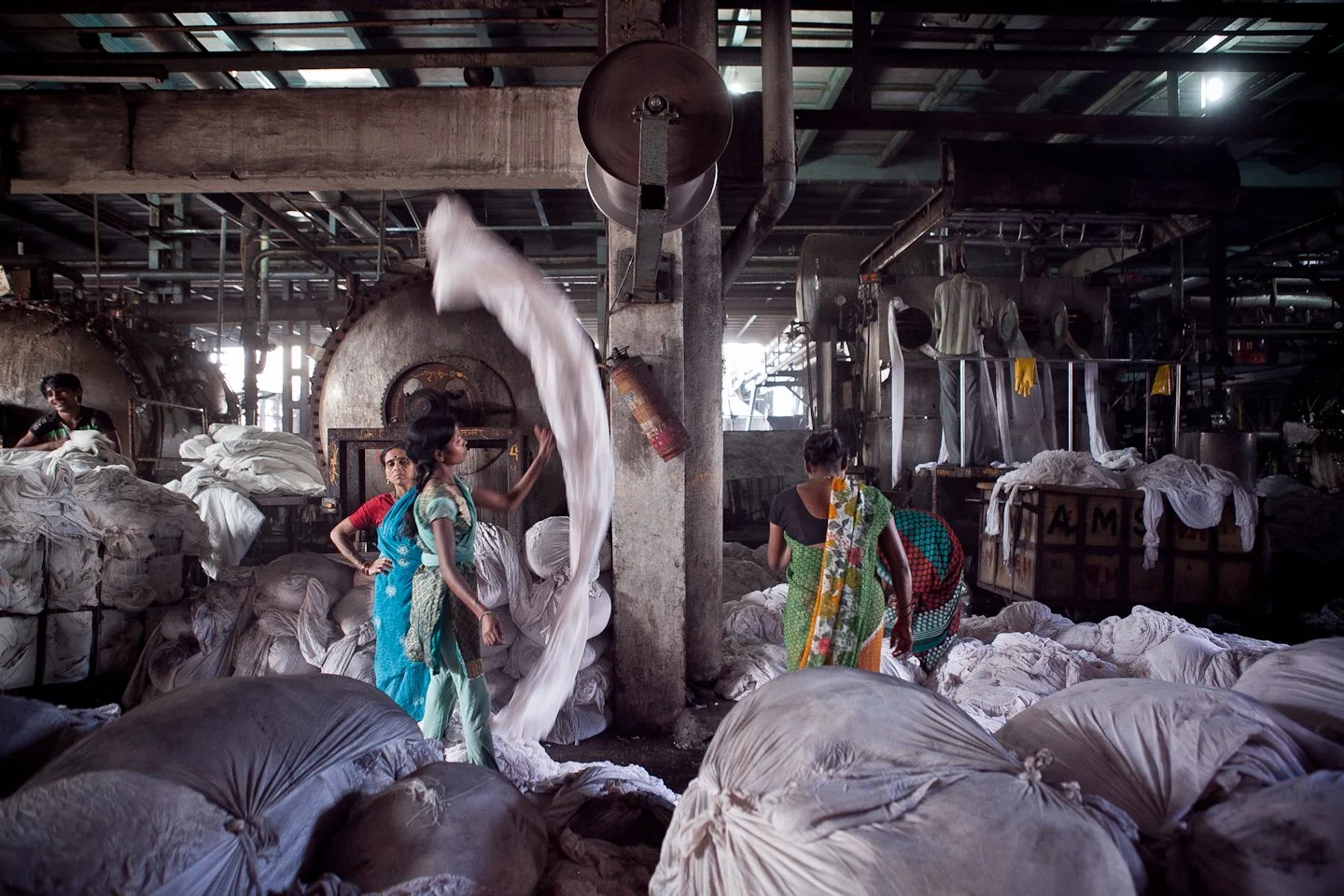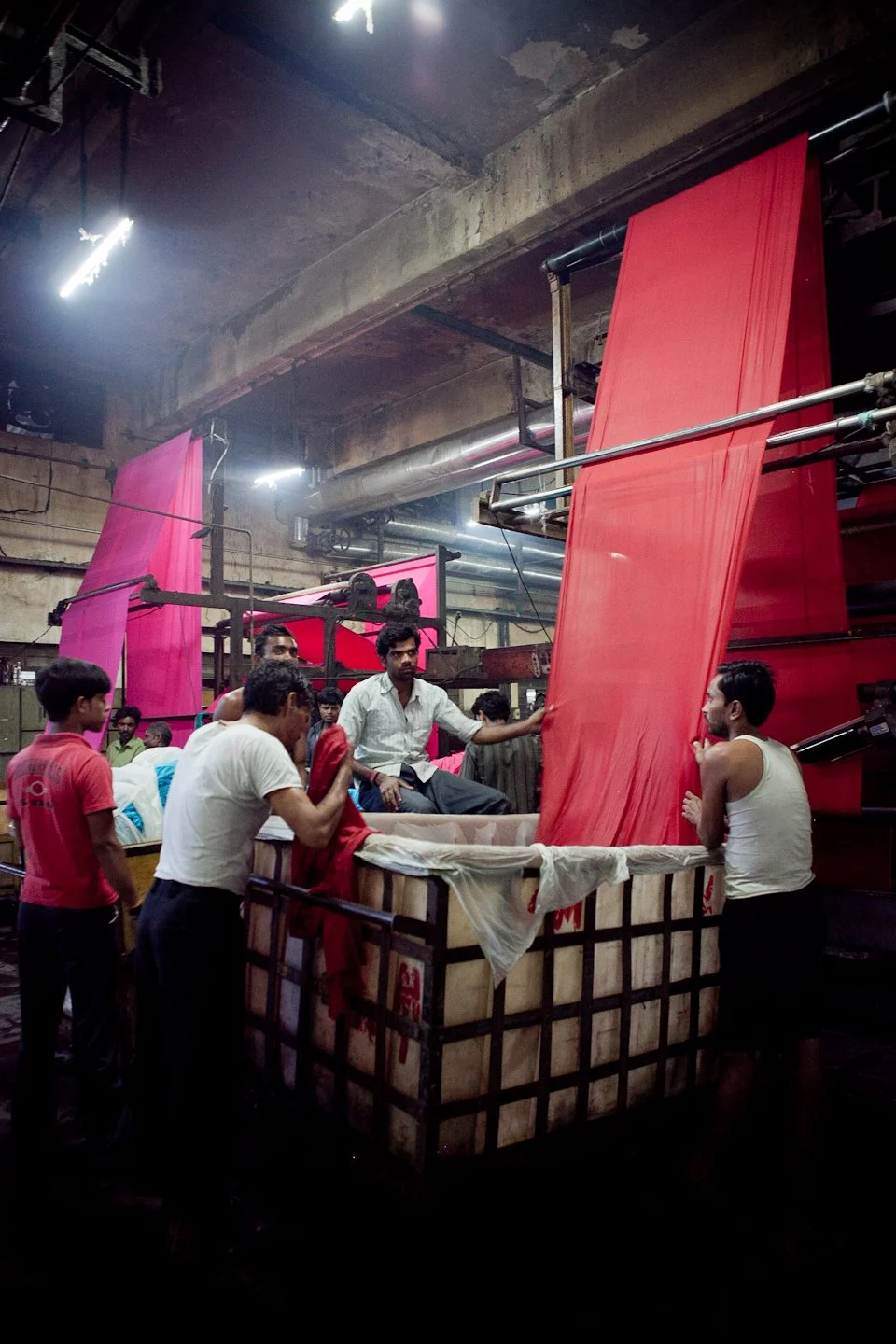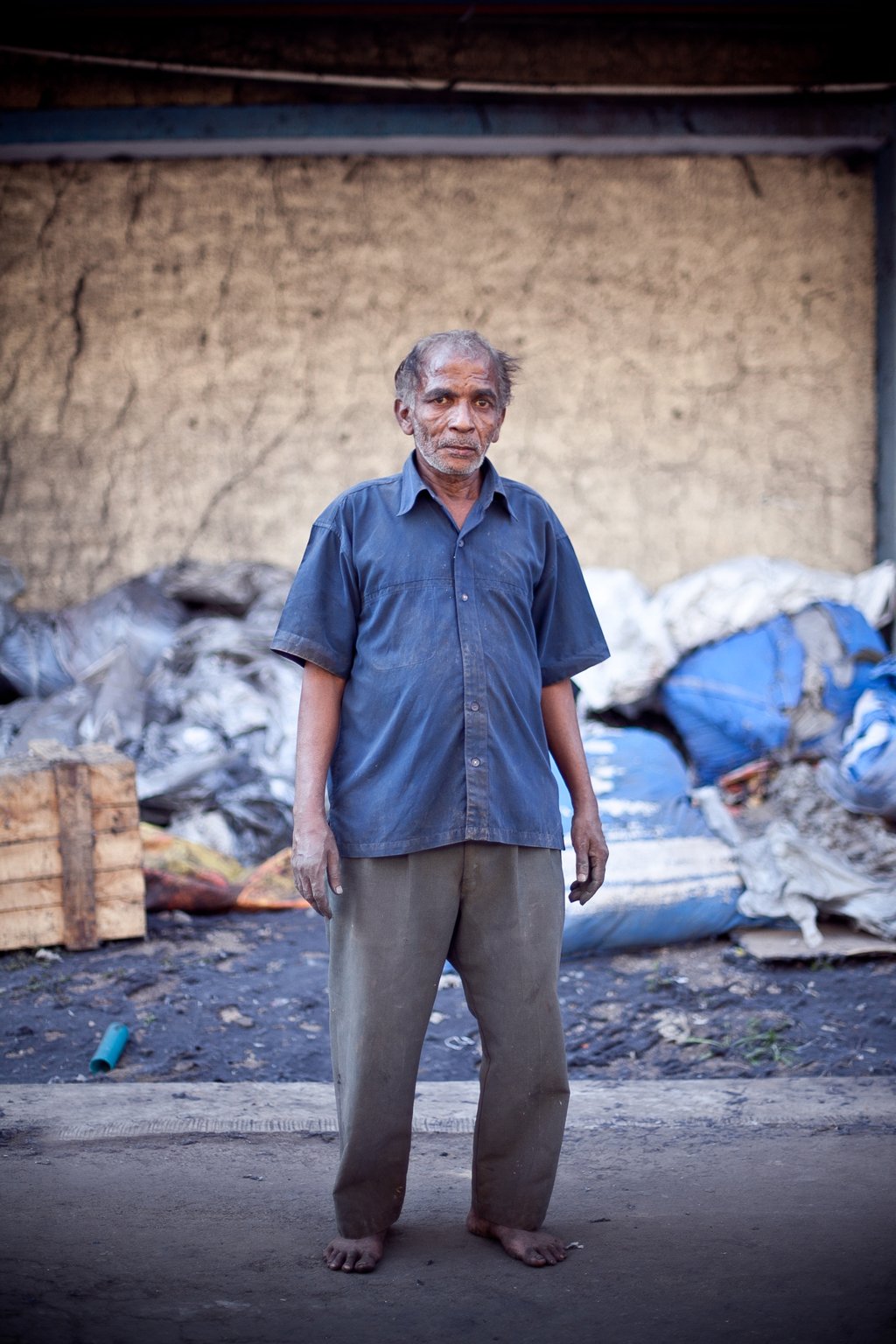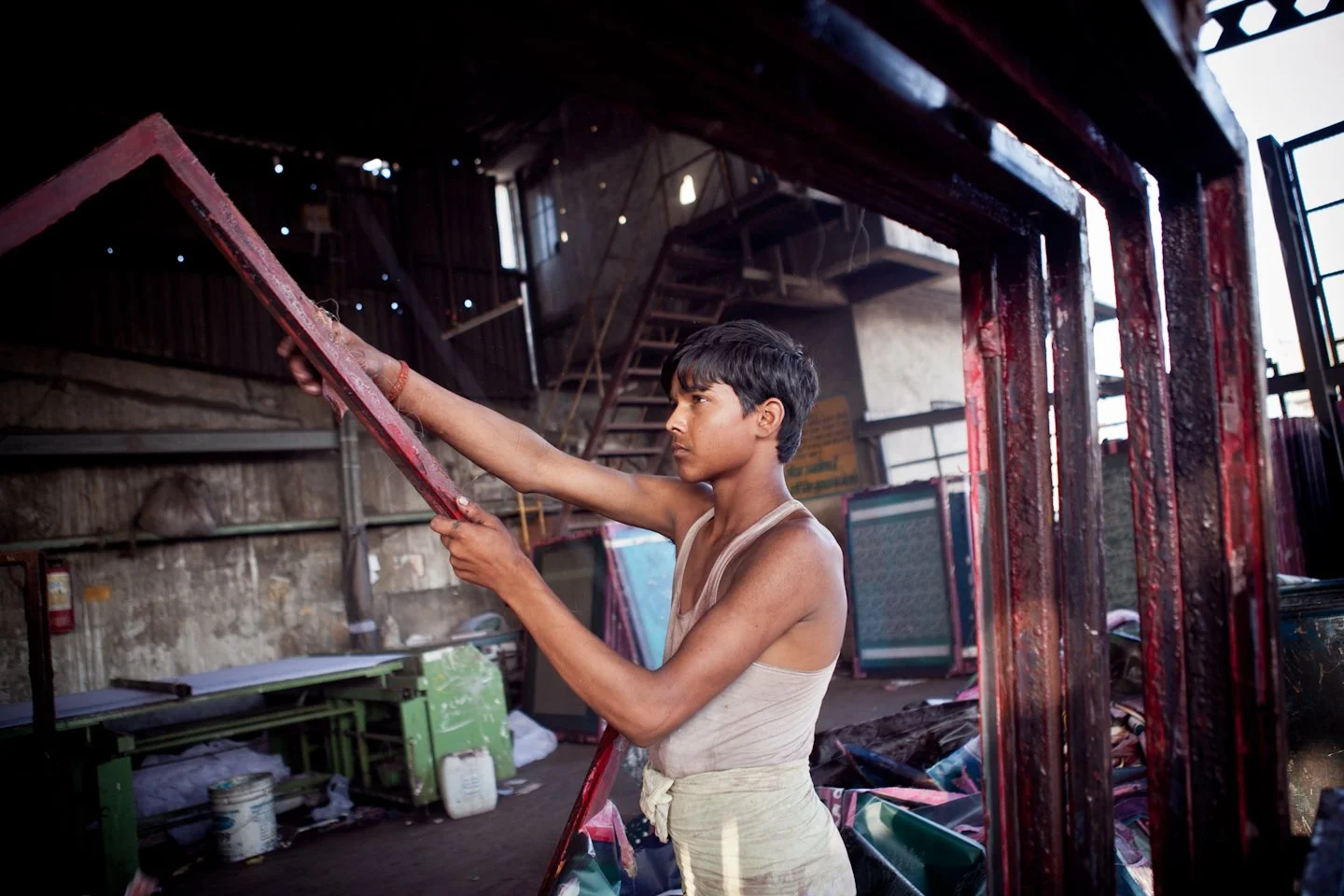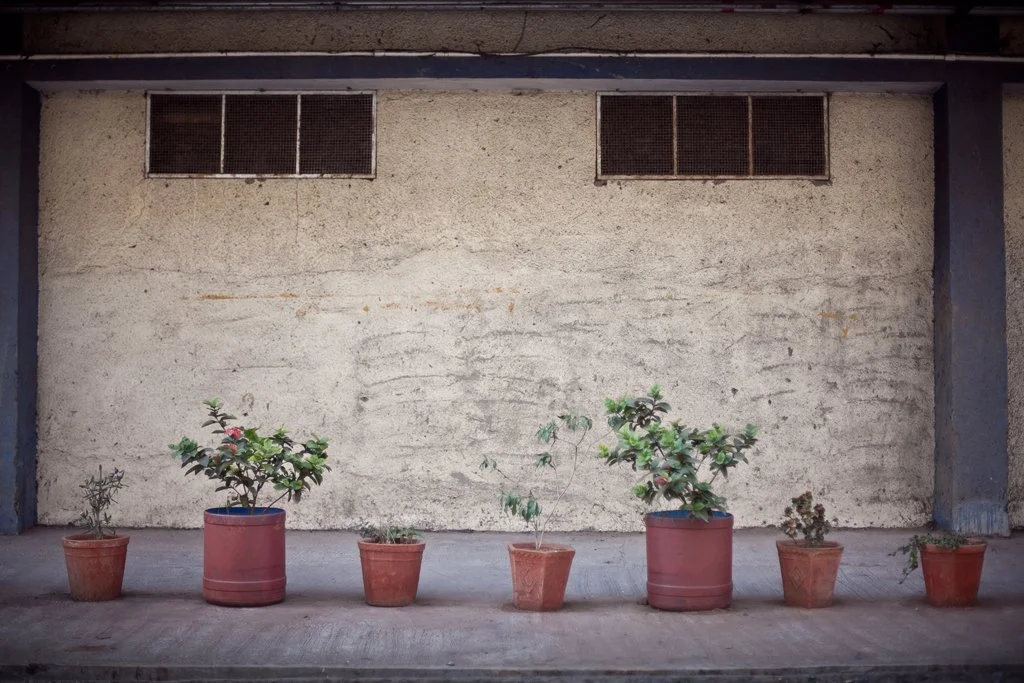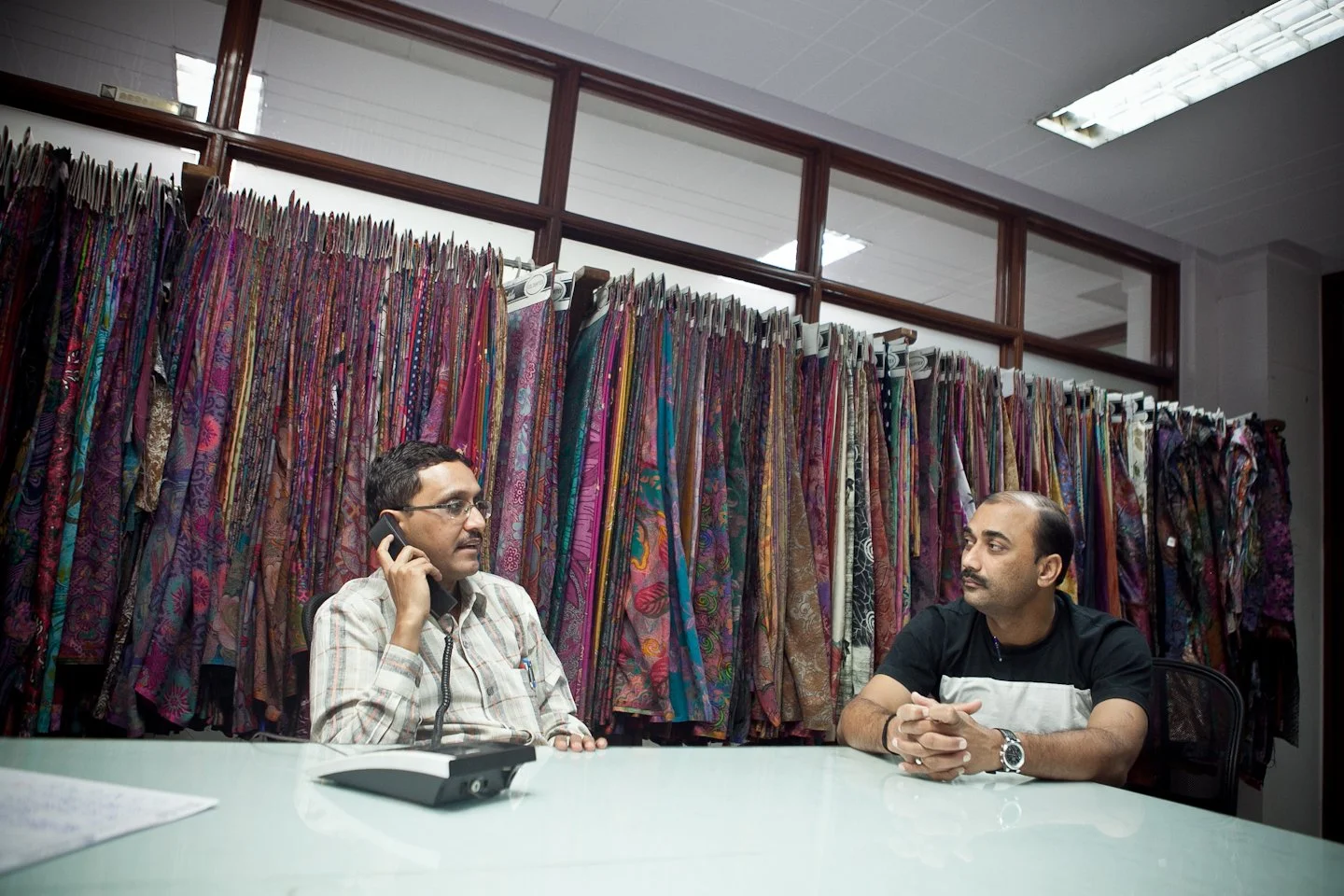Fabric
(2011)
“The capital to finance the Industrial Revolution in India instead went into financing the Industrial Revolution in Britain”.
(Rajani Palme Dutt: Marxist historian)
The material prosperity of Britain after the Second World War, had left India as an economically poor consumer of British Textiles products. The Indian subcontinent was no longer able to supply cotton goods to Europe, as it became a victim to competition, innovation and Imperialism, so any production that took place in the country was solely for local consumption. A slump in the cotton industry was accompanied by wide-scale unemployment, causing Indians to seek work abroad.
Textiles is the India’s second largest industry after agriculture, providing direct employment to about 35 million people. Following almost 90 years of independence from Britain, India attempts to reaffirm its global position as a leading supplier of textiles products. However, after several years of consistent increase in growth and profits, India’s textile industry is currently suffering under the global economic crisis. Factory owners complain about the difficulty of finding a reliable workforce and are struggling to meet sales targets, due to the emergence of new job opportunities. Workers are moving away from labour-intensive, low-waged work to better-paid jobs.








